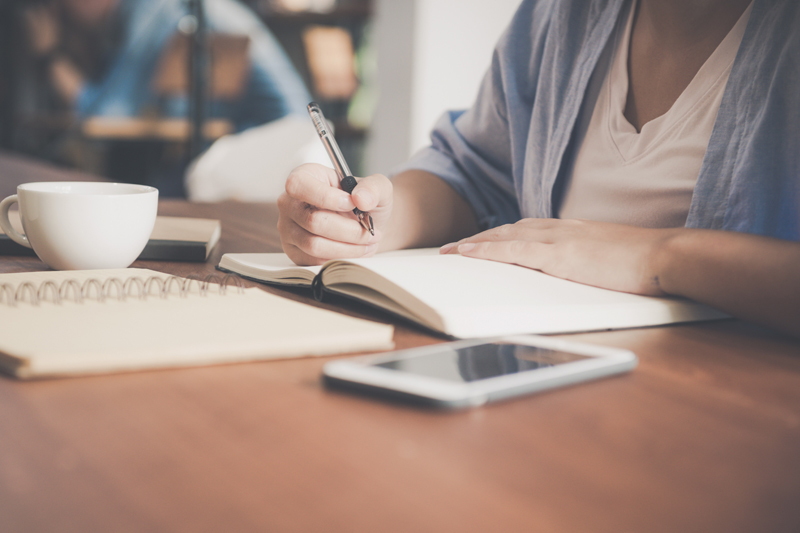
Mechanical versus Patent drawing understanding the difference
June 10, 2022
What are the most common mistakes that can ruin a patent application?
September 26, 2022What is the need of including drawings in your application?
A drawing/ diagram is the most important factor in the patent application and makes it easy for the common man in easily understanding of the invention. Such drawings are referred to as the Patent drawings .What is the objective behind the patent drawings ?
The main objective behind the patent drawings is to illustrate the invention, some of its embodiments (implementations or methods of the invention and the prior art ).How do patent drawing actually make the process easier?
Patent drawings play an eminent role in drafting of the patent applications as they make the understanding easy for the examiner by highlighting more on the relevant parts of the invention. Therefore , it has become mandatory to include patent drawings in your application as it will illustrate the invention , some of its embodiments and the prior art .

Do the patent drawings focus more on the relevant part of the invention?
Yes ,they do . As they aim at focusing more on the relevant parts of the invention by highlighting more on the relevant part of the invention . Therefore , it becomes mandatory to use patent drawings in the patent application so that you can convince the examiner and thereby expedite the whole process . Because in the absence of the patent drawings ,there is a greater probability of the rejection by the patent office .What is the need of the professional patent drawing ?
Professional patent drawings are critical as it will help to avoid any rejection and will expedite the whole process of the examination as well as approval of the patent . In addition ,you should be meticulous if you wish to create specific and detail oriented patent drawings as there are some of the particular rules and regulations and that too for different patent offices .What is the additional importance you need to know about the patent drawings ?
It helps in the simplification of the complex details :- For instance, if you wish to explain the working of the new machines that does involve the several hidden cross sectional areas can be one of the most daunting task.Why do the examiner or ordinary observer find it difficult to grasp the information?
An examiner or the ordinary observer who doesn’t possess the required technical process will therefore find it challenging to grasp the whole information that thereby does involve the textual explanations. That’s why patent drawings come into the picture so that they can grasp the intricate details of the invention, as it would help in bringing the more clarity to the invention.What is the role of professional patent illustrator ?
- Professional patent illustrator is said to be one who is more skilled at placing the drawings in the appropriate place because it will thereby easily facilitate the easy comprehension for the examiner as well as the general observer.
- Improves the clarity of the invention:- For instance, there are sometimes description of the invention that does consist of the working of the complex parts is not easily grasped by an ordinary observer who thereby lacks the necessary technical knowledge.
Do the patent drawings visualise the invention working in the real world ?
Yes, they actually help in visualising the invention. For instance, the working of any of the mechanical or electronic designs is thereby facilitated .Explain the four points what is the additional importance of the patent drawing services?
It helps in the simplification of the complex details :- For instance, if you wish to explain the working of the new machines with several of the hidden cross -sectional area it can be one of the daunting task and that too even for the best of the inventors who are having tons of experience . Because an examiner or the ordinary observer who doesn’t have the required technical process may find the difficulty in grasping the invention with a textual explanation. This is the reason patent drawings come in handy as it will help in capturing the intricate details of the invention for the better clarity . A professional patent illustrator is one who is more skilled at placing the drawings in the appropriate place. It will thereby facilitate easy comprehension for the examiner and the general observer .
It improves the clarity of the invention:- For instance, if you are wishing to describe a new invention that is being consisted of the complex parts can not be thereby grasped by an ordinary observer who lacks behind the necessary technical knowledge. These do assist in the patent filing :-
For instance, a utility patent is more concerned with the feature and functionality , while on the other hand the design patent focuses more on the aesthetic parts of the product . Likes design patents play a very crucial role in establishing the uniqueness of the brand and it is well portrayed with the help of the drawing . Because a well crafted drawing does firmly show the essence of the design and can thereby strengthens a brand market position.
It increases the strength of the claim :- For instance, in the absence of the neat and well labelled patent drawings , there is a high probability that the claim for the invention might get rejected . Because the examiner might not understand about the novelty of the invention and can deem it to be unoriginal. If the patent drawings are placed at the right places , it will thereby aid in boosting the claim of your invention.
What is the need of including sufficient number of views ?
Moreover, the drawings or photographs should contain a sufficient number of views so that the patent can be completely illustrated along with the claim of the patent is also being covered absolutely.Give a specific reason as to why patent drawing services are important?
The requirements of patent drawings vary from jurisdiction to jurisdiction. The drawings do include both utility as well as design patents . Patent drawings act as a visual material that support the invention.Why do patent drawings are demanded by patent examiner?
Patent examiners help to create a doubt which cannot be cleared only by the specifications or during a legal proceeding or litigation or as required by law of different jurisdiction.What are the different types of patent drawing?
There are different types of patent drawings such as utility, electronic, medical, mechanical, drawing exploded, drawings graphs and drawings flow charts.What are the parent drawing specification in India?
Indian law is very particular when it comes to the explanation through the drawings . For instance ,Rule 15 of the Indian patent act provides the following requirement for a drawing submitting .- Drawings that are being furnished under section 10 by the applicants shall accompany to the specifications to which they are referred. For instance, if there is any of the drawing. or sketch that requires a special illustration of the specifications shall appear in the specification.
- Drawings shall be furnished very clearly and neatly on a durable paper sheet.
- You should draw the drawings on a standard A4 size sheet with a clear margin of at least 4 cm on the top and left hand and 3 cm at the bottom and right hand of every sheet.
- Drawings shall be sufficiently large to show the inventions very clearly and the dimensions need not be marked on the drawings.
- Drawings need to be sequentially or subsequently numbered and shall bear the name of the applicant on the left-hand top corner and in the right-hand top corner the number of the drawing sheets and the consecutive number of each sheet and in the right-hand bottom corner the signature of the applicant and his agent.
- You should keep in mind the descriptive matters, that shall appear only on the drawings and not in the flow diagrams.
Are there different rules when it comes to the design patents ?
When it comes to the design patents ,they are covered under the Design act ,2000 and Design rules,2001. Industrial designs that are known by the other name patent drawings are protected under the Designs act,2000. The specifications for the patent designs are different and are being governed by the rule 14 of the design rules ,2001.What does Rule 14 state about ?
- There are 4 copies that needs to be submitted . These should be submitted according to rule 11 and should be drawn on sturdy A4 paper .
- However ,if there are multiple figures that are shown on the same sheet ,each of the sheet must be designated after the different views such as perspective, front and side.
- If the words ,letters or numbers are not the essence of the design ,they need to be removed .
- Each representation is composed of the repeating patterns such as the size must not be less than 5*4 inches or 13:00 cm *10:00 cm in the length and width.
- For instance, if someone’s name is appearing on the design person’s consent must be provided. And in the case of the deceased, consent of the legal heirs must be presented.
Do the compliance requirements vary from jurisdiction to jurisdiction?
Yes ,the compliance requirements vary from jurisdiction to jurisdiction but in general it does relate to the size of the paper , font size ,margins, layout ,labelling and numbering.What are the most common rejection by USPTO or PCT?
For instance, there are few issues concerning the drawings on the account of which patent applications are liable to be objected or rejected .- Sheetmarginrejection :- It is generally applied when the drawings are out of margins .
- Line quality :-It is generally applied kn case of poor line quality of the drawings.
- Text height:- It is the most common rejection. As per the PTO guidelines, the height of the letters need to be less than 0.32 cm.
- Grayscaledrawings:-If you are able to show the drawings with lines ,PTO will object to the grayscale drawings .So, it is always better you should create the line art form of drawings.
Case laws in which applications were rejected ?
Inc. versus Avian group :- In this case, the drawings were rejected because of the disclosure was silent on the question of the precise proportion of the creation.Are there some challenges involved in the patent drawings ?
- Technical in nature :- Patent drawings are well known for their technicalities and if they lack behind the technical accuracy ,it will lead to the rejection of the application as a whole . It should be taken into consideration that it is not only the quality of tools that is important but also the quality of the illustrations.
- Data as drawings :- This is specific for the chemical and biological experiments being conducted where printouts are submitted as data to the patent office . Rule 15 of patent rules ,2003 specifies that it has to be on A4 size paper and it should be preferred in black ink.



